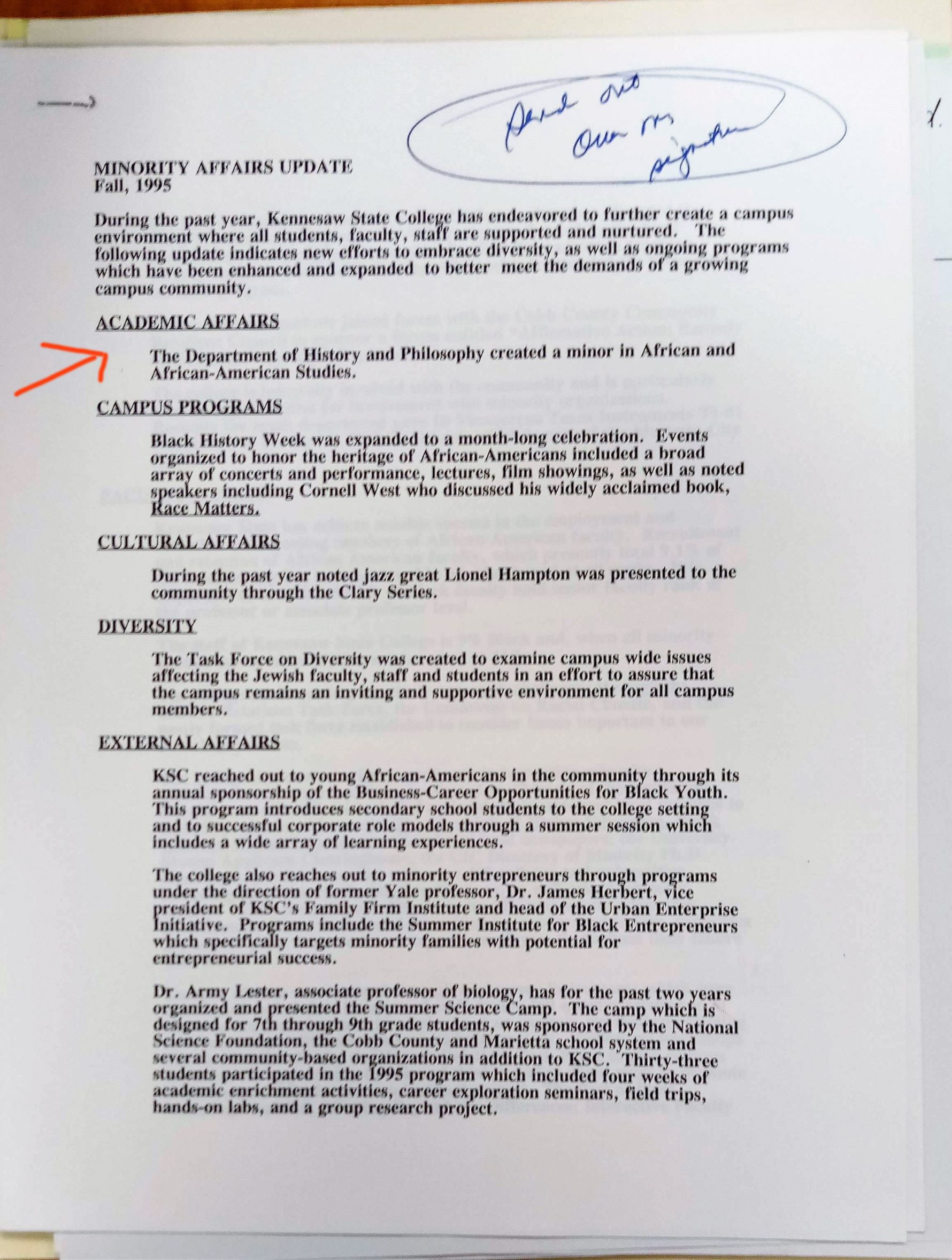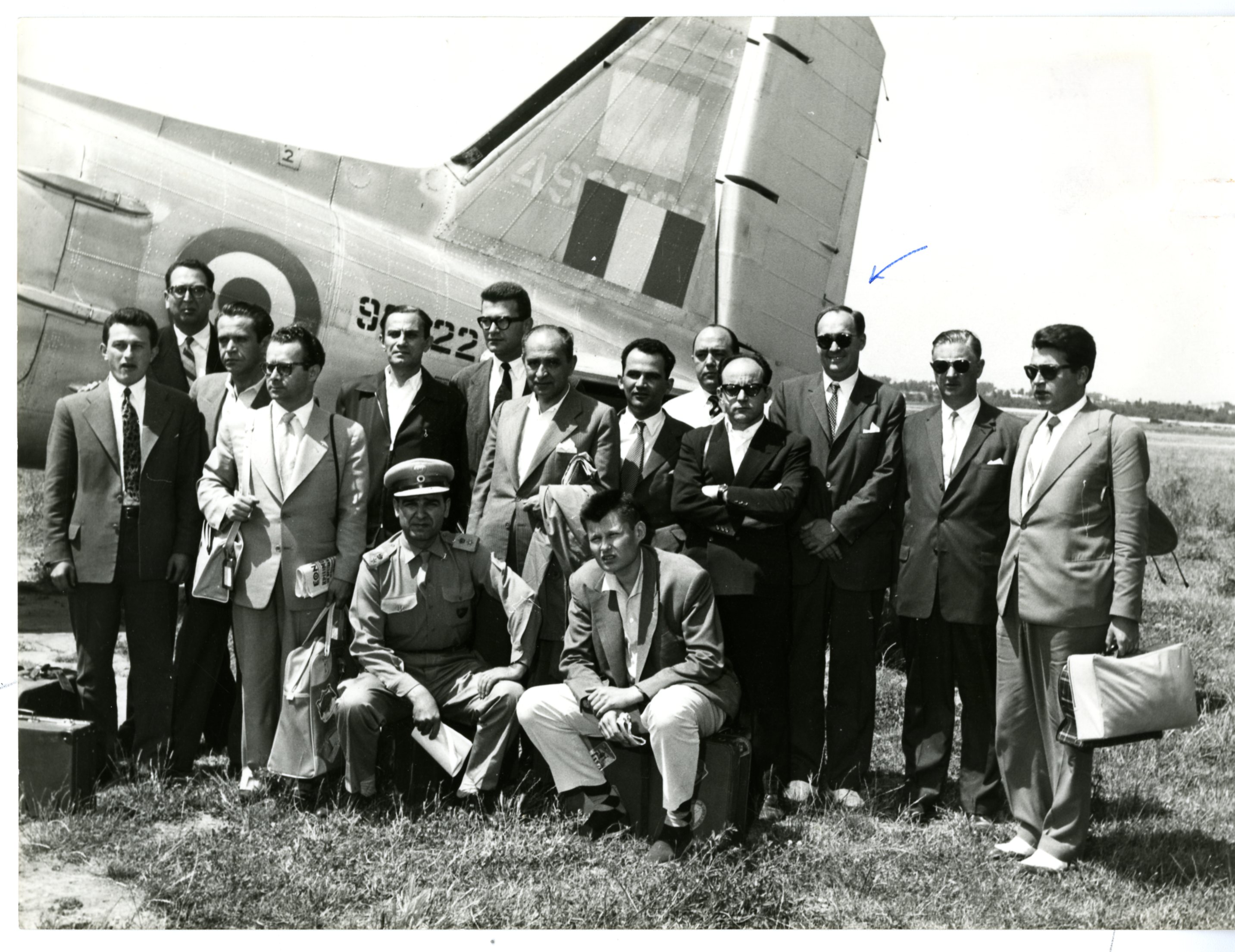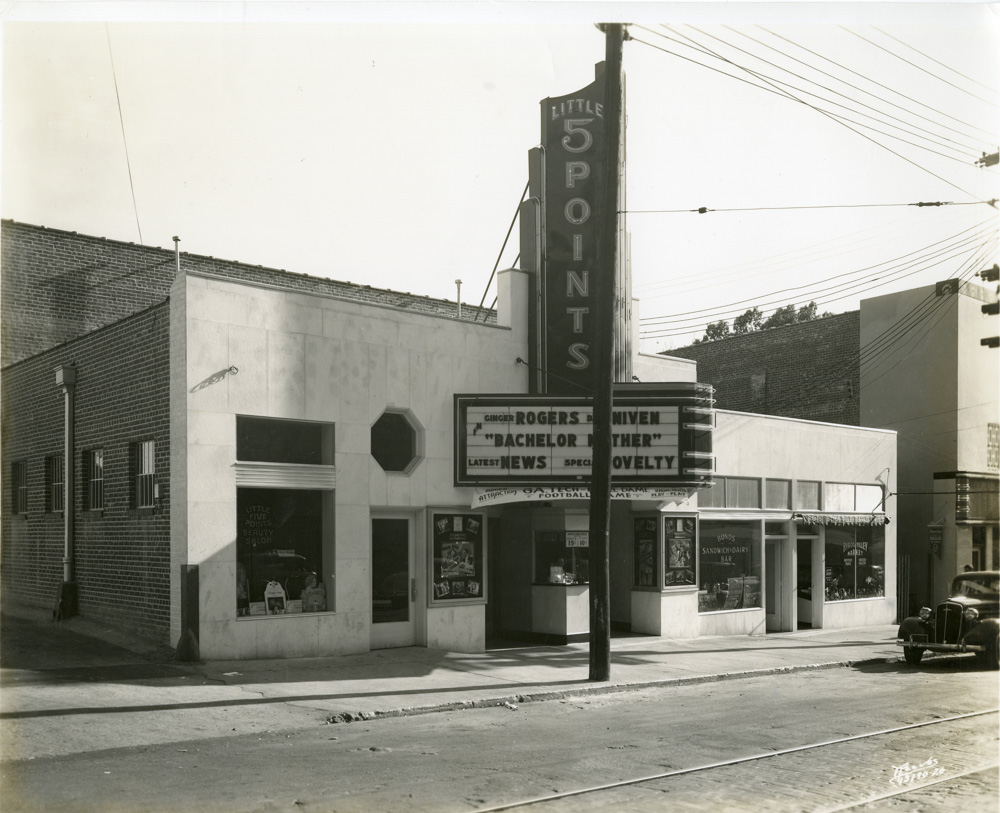
Preserving Celia's Story
KENNESAW, Ga. | May 10, 2022
KSU archivists assist local historic site to preserve 19th century photograph of formerly enslaved Cobb County woman.
This blog post was contributed by KSU Archives and Special Collections Processing Archivist Maggie Thomas.
The KSU Archives and Special Collections has partnered with the Friends of the Mable House to preserve records relating to the Mable House historic site in Mableton, Georgia. The Mable House was built in 1843 by Robert Mable (1803-1885), for whom the community of Mableton is named, on what was once a 400-acre plantation. Today the Mable House historic site includes the original house, outbuildings, and cemetery, and functions as a museum managed by Cobb County and the Friends of the Mable House. Their records include genealogical research, oral histories, photographs, and other materials documenting not only the Mable family and Mableton community, but the individuals enslaved on the Mable plantation. Among these records is an original photograph of Celia (surname unknown) dating from the late 19th century. Born in 1824, Celia was enslaved on the Mable plantation prior to her emancipation. Her portrait was donated to the Friends of the Mable House by her direct descendent, Mrs. Mattie Lou Bennett Clowers, and was broken into several pieces. Compared to what is known of the Mable family and other plantation owners, very few personal records exist to provide insight into the lives of enslaved people in Cobb County. As a service to our partners and community history, KSU’s archivists set out to assist with the preservation of this photograph.
The portrait is approximately 9" x 11" in size and, like many photographs of the late 1800s, it is mounted on board and most likely a “crayon portrait.” Crayon portraits were artistic photographs that resemble a cross between photographs and charcoal or crayon sketches and can be monochrome or colored with charcoal. The photographer started with a light photograph and embellished it with chalk and crayons. This image was either the final product or rephotographed.

Next, the broken pieces of the photo were pieced together, like a puzzle, and laid carefully on an acid-free board to provide stability. Two sheets of clear, archival polyester were cut down, slightly larger than the size of the original photograph, and special double-sided tape was laid along 3 of the 4 edges of the sheets. The sheets were pressed together to form an envelope and the board and portrait were placed inside. This process is called encapsulation.

However, encapsulation should NOT be confused with lamination. The process of lamination involves heat-fusing a document or photo between two pieces of plastic laminate. Not only is this process irreversible, it also causes damage. As the lamination breaks down over time, so does the document inside. At that point, no preservation OR conservation practices can save the item.
This amazing preserved portrait will now be returned to the Mable House, where its encapsulation will enable it to be safely stored and shown to visitors, preserving Celia’s memory for generations to come.

















